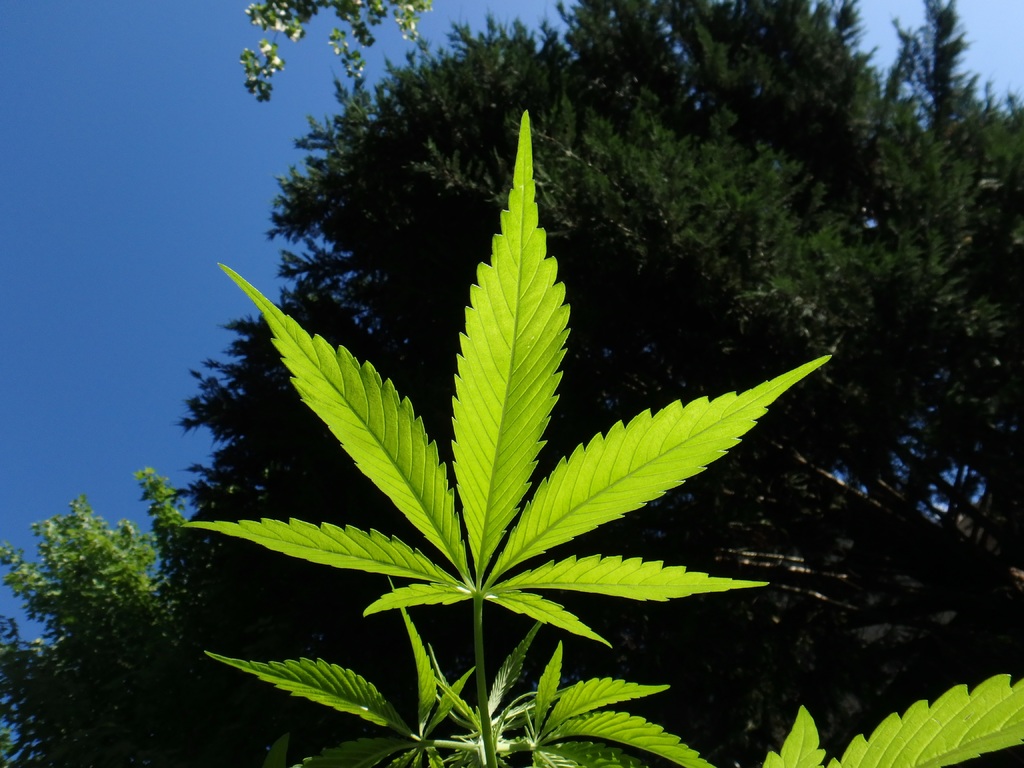One programme will be based on subsidised insurance premiums and the other will incur each hemp producer an administrative fee to cover uninsurable risk

Both new insurance programmes are designed to protect hemp producers from natural disaster risks (Credit: PxHere)
The US Department of Agriculture (USDA) has released two new insurance programmes under government schemes created to protect hemp growers from natural disaster losses.
The first is a pilot hemp insurance programme administered through Multi-Peril Crop Insurance (MPCI) — which provides coverage for fibre, grain or Cannabidiol (CBD) oil if loss of yield occurs due to adverse weather conditions, fire, insects, plant disease, wildlife, earthquake, volcanic eruption and failure of irrigation water supply.
The second is administered by the Non-Insured Crop Disaster Assistance Programme (NAP) and covers low yields, loss of inventory and prevented planting against natural disasters considered uninsurable by all other federal insurance programmes.
Unlike NAP coverage, policies written under MPCI do not include replanting costs or those incurred due to planting prevention.
USDA farm production and conservation undersecretary Bill Northey said: “We are pleased to offer these coverages to hemp producers.

“Hemp offers new economic opportunities for our farmers, and they are anxious for a way to protect their product in the event of a natural disaster.”
Both hemp insurance programmes will be available to farmers in “certain counties” in Alabama, California, Colorado, Illinois, Indiana, Kansas, Kentucky, Maine, Michigan, Minnesota, Montana, New Mexico, New York, North Carolina, North Dakota, Oklahoma, Oregon, Pennsylvania, Tennessee, Virginia and Wisconsin.
The enrollment deadline for both programmes is March 16, 2020.
How do the hemp insurance programmes work?
MPCI
For coverage under the MPCI pilot insurance programme, a hemp producer must have produced the crop for a year and have a contract for the sale of the insured hemp.
Farms must also have a minimum of five acres for CBD and 20 acres for grain and fibre. Any plant containing more than 0.3% tetrahydrocannabinol (THC) on a dry-weight basis will be ineligible for coverage.
A farmer’s share of the premium will range from 33% to 45% depending on their coverage level — a limit for payouts is based on a percentage of the average yield for a crop season.
The remainder of the premium cost will be settled by the US government.
NAP
Insurance provided under the NAP applies differently to a traditional policy, charging no upfront premium unless hemp farmers wish to top up their coverage.
Basic coverage pays out 55% of the average market price for crop losses that exceed 50% of expected production, giving farmers the option to add on “buy-up coverage” at a premium to reach 65%, with each increment of 5% paid out at 100% of market value.
NAP covers farmers for damaging weather such as drought, frost, hail, excessive moisture, excessive wind or hurricanes, as well as natural disasters, including earthquakes and floods.
Any damage incurred to crops directly related to one of these events, such as heat, disease, volcanic smog and insect infestation is also included in the policy.
To obtain insurance under the NAP, producers must pay a service fee of $325 per crop, or $825 per farm (whichever is less) in a county, with a cap of $1,950 for hemp producers with farming interests in multiple counties.
